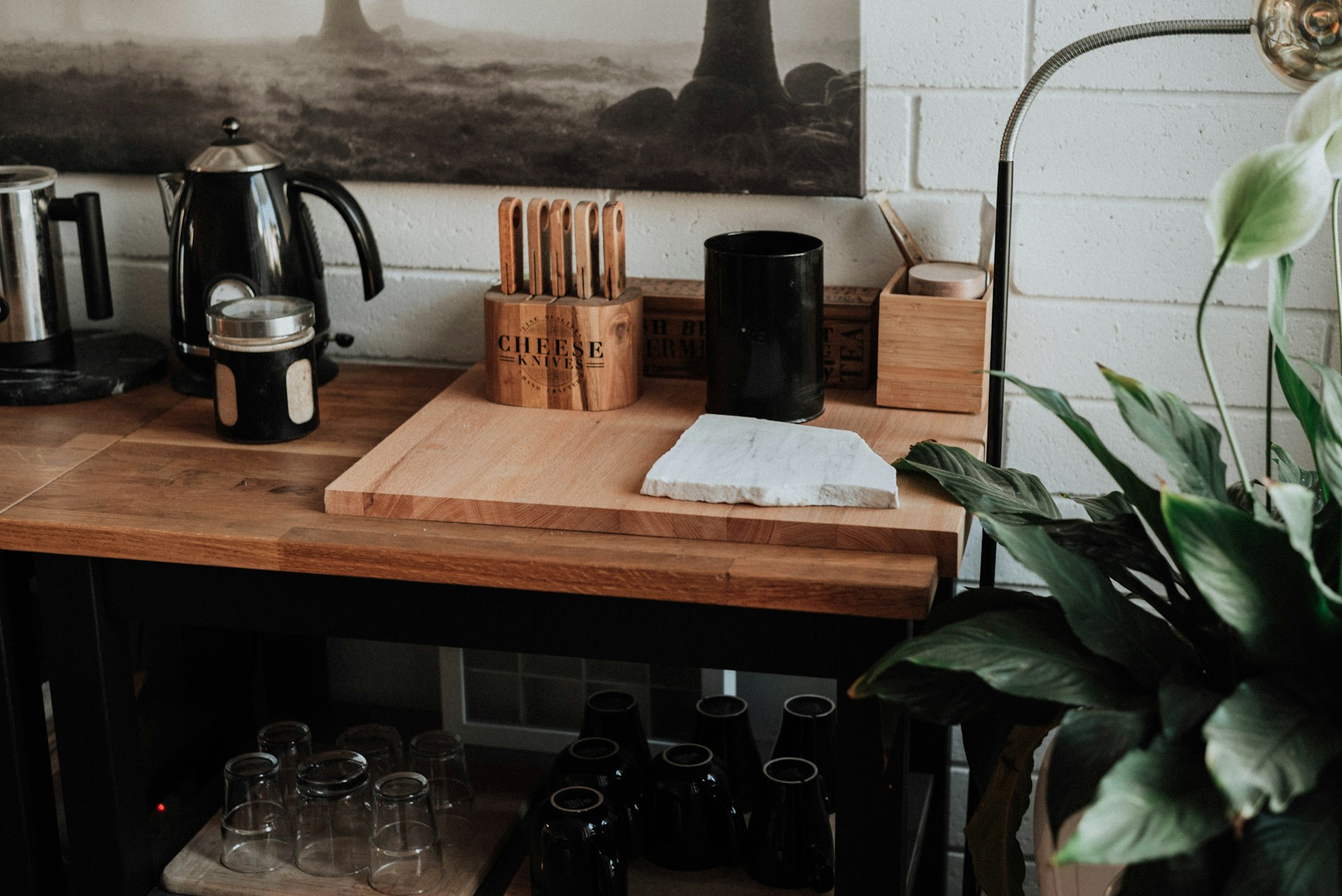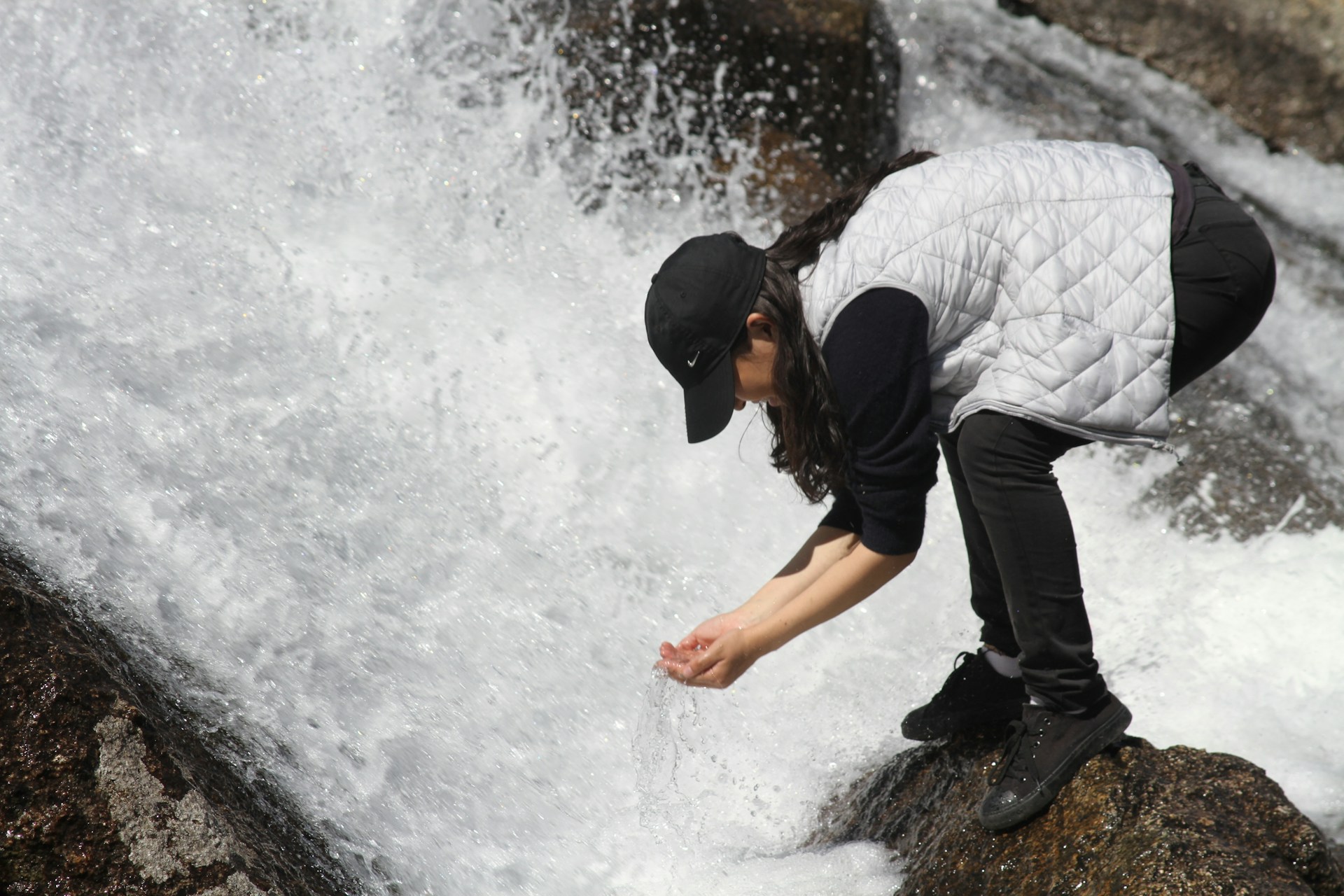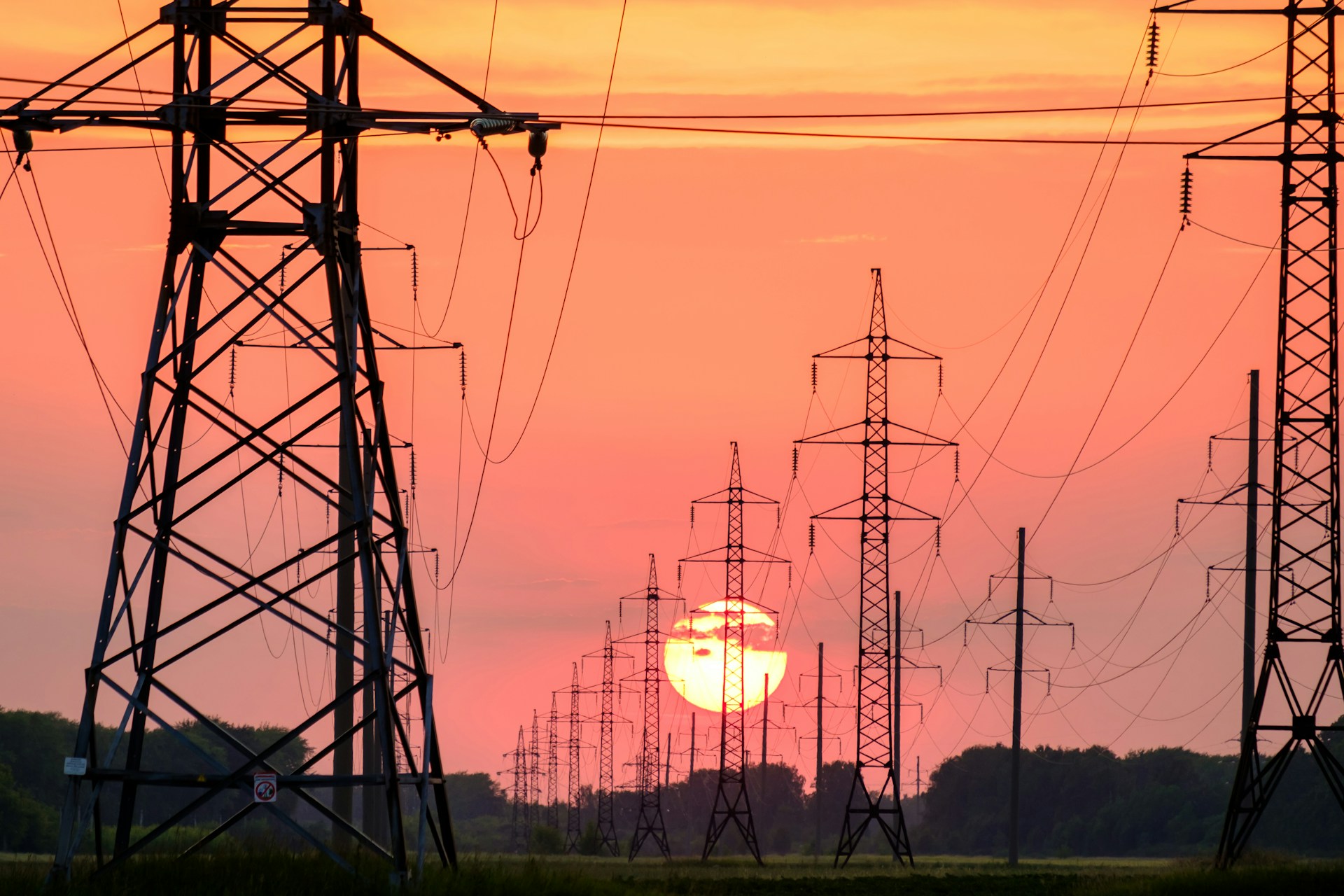Off The Grid
Spotting Scopes: Enhancing Your Nature and Birdwatching Experience

"Birdwatcher" by ibm4381 is licensed under CC BY 2.0 .
In the realm of the great outdoors, there’s a tool that can bring the world closer to you. It’s not just a tool; it’s a window to the natural world, a bridge that spans the distance between you and the wild. This tool is the spotting scope, and it’s a game-changer for nature lovers and birdwatchers alike.
A spotting scope is a small portable high-power telescope with added optics to present an erect image, optimized for the observation of terrestrial objects. But it’s not just about the technical jargon; it’s about the experience it offers.
Imagine you’re in the heart of the wilderness, surrounded by the symphony of nature. Birds are singing, creatures are rustling in the undergrowth, and the wind is whispering tales of the wild. But, how can you fully immerse yourself in this experience without disturbing the natural order? The answer lies in the spotting scope.
With a spotting scope, you can witness the majesty of an eagle soaring high above, spot the elusive deer hidden among the thickets, or marvel at the intricate patterns on a butterfly’s wings, all from a respectful distance. It’s about enhancing your nature and birdwatching experience without intruding on the very world you’re trying to appreciate.
Now, when it comes to choosing a spotting scope, there are a few things to consider. The first is the magnification. A scope with a higher magnification will allow you to see further and in more detail. However, remember that the higher the magnification, the narrower the field of view.
Next, consider the size of the objective lens. A larger lens will let in more light, providing a brighter and clearer image. But, a larger lens also means a heavier scope, so you’ll need to balance your desire for image quality with the practicality of carrying the scope.
The type of prism used in the spotting scope will also affect the image quality. Most scopes use either a Porro prism or a roof prism. Porro prisms, while bulkier, offer greater depth perception and a wider field of view. Roof prisms are more compact and durable but can compromise on the field of view.
Another factor to consider is the scope’s construction. Look for a scope that is waterproof and fog-proof to ensure it can withstand the elements. A rubber-armored body can provide a comfortable grip and additional protection.
Now, using a spotting scope may seem daunting at first, but with a bit of practice, it becomes second nature. Start by setting up your tripod and attaching the scope. Ensure it’s stable before you begin observing. Start with a lower magnification and a wider field of view to locate your subject, then gradually increase the magnification for a closer look.
Remember, patience is key. Nature operates on its own schedule, and the magic often lies in the waiting. With time, you’ll learn to read the signs of the wild, anticipate the movements of birds and animals, and be ready with your scope when the action happens.
A spotting scope isn’t just a tool; it’s a passport to a world unseen by the naked eye. It allows you to delve into the intricacies of nature, to witness the grandeur of the wild, and to experience the thrill of discovery. So, whether you’re a seasoned birdwatcher or a novice nature enthusiast, a spotting scope can enhance your outdoor experience in ways you never imagined.
Remember, the wilderness is full of wonders waiting to be discovered. With a spotting scope in your arsenal, you’re not just an observer; you’re an explorer, ready to uncover the secrets of the wild. Happy spotting, friends.

Off The Grid
10 Survival Items Hiding in Your House Right Now

Your kitchen drawer might just be the best survival kit you never built
You don’t need to live in the wilderness or have a fancy bug-out bag to be prepared for an emergency. Most people already own half the tools they’d need to survive they’re just scattered across kitchen drawers, garages, and bathroom cabinets. The secret is knowing what you have and how to use it creatively. Here are ten everyday items that can turn into life-saving tools when things go sideways.
1. Garbage Bags
A simple trash bag can do more than hold waste. Use it as a rain poncho, emergency shelter, ground tarp, or even a water collector. Heavy-duty contractor bags can be stuffed with leaves for insulation or turned into makeshift sleeping bags.
2. Aluminum Foil
Foil is basically metal in your pocket. Wrap it around food to cook over open flame, fashion it into a bowl or wind guard, or use it to reflect heat toward your shelter. You can even fold a small square into a mirror for signaling.
3. Shoelaces
Strong, lightweight, and easy to find. Shoelaces can tie gear, hang food from trees, fix broken zippers, or become makeshift tourniquets. In survival situations, cordage is priceless and you’re probably wearing some right now.
4. Bleach
Unassuming but powerful, regular unscented bleach can disinfect surfaces and purify water. Add just 8 drops per gallon of clear water, mix well, and wait 30 minutes. (If it smells faintly of chlorine afterward, it’s safe to drink.)
5. Coffee Filters
Coffee filters aren’t just for caffeine lovers. They make excellent pre-filters for dirty water, help start fires when dry, and can even work as disposable plates or wound covers. Lightweight and cheap, they’re worth tossing in any emergency bag.
6. Duct Tape
If something’s broken, duct tape can probably fix it. Patch holes, secure splints, seal windows, or twist it into rope. It’s waterproof, durable, and compact a survival MVP in any scenario.
7. Plastic Bottles
Empty water bottles are more useful than they look. Use them to carry and purify water, as makeshift funnels, or to store dry goods. Fill one with water and set it in sunlight for a few hours the UV rays can kill bacteria naturally.
8. Vaseline and Cotton Balls
Together, they’re an instant fire starter. Coat a few cotton balls in petroleum jelly and store them in a small bag. Even in rain, they’ll ignite easily and burn long enough to get a fire going.
9. Paper Clips
A tiny metal multitool. Paper clips can pick locks, fix zippers, clean small gear, or act as hooks and fish lures. They’re proof that even office supplies can have survival value.
10. Hand Sanitizer
Besides keeping your hands germ-free, sanitizer with alcohol doubles as fire fuel. A small squeeze on kindling makes damp wood catch flame faster. Keep a travel bottle in your car or pocket, it’s hygiene and ignition in one.
Final Thought
Survival isn’t about buying gear it’s about using what’s already around you. The next time you open a junk drawer, look again. You might not see a mess; you might see a ready-made emergency kit hiding in plain sight. Being resourceful isn’t just thrifty, it’s one of the best survival skills you’ll ever have.
Off The Grid
What To Do When There’s No Water (And Everyone’s Panicking)

The Water Survival Guide: Finding, Filtering, and Storing the One Thing You Can’t Live Without
You can go weeks without food. Maybe months without sunlight. But go three days without water, and your body starts to shut down. In a real survival situation whether it’s a natural disaster, a grid failure, or getting lost outdoors clean water isn’t optional. It’s the first and most important thing you need to secure.
This guide breaks it down into something simple and doable: how to find, filter, and store safe drinking water anywhere.
1. Finding Water When There’s None in Sight
When the taps stop running, it’s time to think like nature. Start by looking downhill. Water always follows gravity. Watch for damp soil, thick green vegetation, or insect activity these are signs there’s water nearby.
If you’re outdoors, collect rainwater anytime you can. Lay out plastic sheets, ponchos, or even trash bags to funnel it into containers. In the morning, you can also gather condensation by wrapping a T-shirt or towel around grass or branches and wringing out the moisture.
In urban settings, drainpipes, water heaters, and toilet tanks (not the bowl) can provide clean, stored water in an emergency.
2. Filtering and Purifying
Finding water is only half the job making it safe is what keeps you alive. Clear-looking water can still contain bacteria, chemicals, or parasites. The rule of thumb: If you didn’t see it come out of a sealed bottle, purify it.
Here are the main ways:
- Boiling: The oldest and most effective method. Bring water to a rolling boil for at least one minute (three if you’re at high altitude).
- Bleach: Add 8 drops of regular, unscented bleach per gallon of water. Wait 30 minutes before drinking.
- Filters: Portable straw filters, gravity filters, or ceramic pumps remove most contaminants. Always follow up with chemical treatment if possible.
- Improvised options: Pour water through layers of cloth, sand, or charcoal to remove sediment before purification.
3. Storing Water for the Long Haul
Once you’ve got clean water, store it like it’s liquid gold. Use food-grade plastic containers, glass jugs, or heavy-duty bottles with tight seals. Keep them in a cool, dark place away from chemicals and direct sunlight.
A good goal is one gallon per person per day half for drinking, half for cooking and hygiene. Rotate your supply every six months to keep it fresh.
The “Clean Water Anywhere” Method
If you forget everything else, remember this three-step formula:
Find it. Clean it. Protect it.
Locate a source, purify it before you drink, and store it safely for when things get worse.
Final Thought
Water is the ultimate equalizer. It doesn’t care how strong, rich, or prepared you are without it, nothing else matters. Learn how to find and protect it now, before you ever have to. Because when the world runs dry, those who know how to stay hydrated will be the ones who stay alive.
Off The Grid
What Would You Do If the Grid Went Down Tomorrow?

How to Survive the First 24 Hours Without Electricity
Picture this: you wake up and nothing works. The lights don’t turn on. Your phone’s dead. The fridge hum is gone, and the tap only spits air. You check outside streetlights, silent houses, blank car alarms. It’s not just your house. The entire grid is down.
Sounds dramatic, right? But blackouts happen all the time, and most people are wildly unprepared for even a few hours without power. The key to surviving a real grid-down event isn’t stockpiling gadgets it’s knowing how to stay calm and use what you already have wisely.
Hour 1–3: Don’t Panic, Get Oriented
The first few hours are about awareness. Check your surroundings. Is it just your block or the entire city? Turn off and unplug major appliances to protect them from a surge when the power returns. Use your phone sparingly battery power becomes gold.
Start filling containers, bathtubs, and pots with water. When the grid fails, municipal pumps stop working fast. You’ll want every drop you can store.
Hour 4–8: Secure Light and Warmth
Once the sun starts dropping, light becomes your lifeline. Use flashlights, candles, or headlamps never burn open flames near flammable surfaces. If it’s cold, layer clothing and block drafts instead of wasting energy trying to heat a room. If it’s hot, stay hydrated and open shaded windows for airflow.
Now’s also the time to check on neighbors, especially anyone older or living alone. Community awareness is survival in disguise.
Hour 9–16: Protect Your Food and Water
Your fridge will stay cold for about four hours your freezer for about a day, if unopened. Group food together to preserve cold air and start eating perishables first. Keep bottled water handy, and if you have a gas or charcoal grill, that’s your new kitchen.
Stay inside if possible; confusion and panic can spread quickly outside when communication fails.
Hour 17–24: Rest and Reset
As night falls, light discipline matters. Too much brightness could attract attention if things get tense. Conserve power, stay quiet, and rest. Tomorrow, you’ll need clear thinking to find information, help, or supplies.
Grid-Down Checklist
✅ Store water before pressure drops
✅ Conserve phone battery
✅ Secure light and warmth
✅ Eat perishables first
✅ Check on neighbors
✅ Stay calm and rest
When the lights go out, the people who do best aren’t the ones with the most gear they’re the ones who keep their heads and think clearly. Preparation starts now, not when the power dies.
-

 Tactical2 years ago
Tactical2 years ago70-Year-Old Fends Off Intruder with Lead-Powered Message
-

 Tactical2 years ago
Tactical2 years agoVape Shop Employee Confronts Armed Crooks, Sends Them Running
-

 Preparedness1 year ago
Preparedness1 year agoEx-Ballerina’s Guilty Verdict Sends Tremors Through Gun-Owner Community
-

 Off The Grid4 weeks ago
Off The Grid4 weeks ago10 Foods That Could Save Your Life When Grocery Shelves Are Empty
-

 Preparedness1 year ago
Preparedness1 year agoGood Samaritan Saves Trooper in Harrowing Interstate Confrontation
-

 Tactical2 years ago
Tactical2 years agoMidnight SUV Theft Interrupted by Armed Homeowner’s Retaliation
-

 Preparedness5 months ago
Preparedness5 months agoHow Much Gasoline Should You Store for Emergencies?
-

 Survival Stories2 years ago
Survival Stories2 years agoEmily’s 30-Day Experience of Being Stranded on a Desert Island